RESEARCH EXPERIENCE
-
Design and development of a combined electron-ion spectrometer used for kinematically complete experiments to study molecular fragmentation. In addition to the kinematical information of the fragment ions, this spectrometer is capable of analyzing the energy of the electrons emitted in a dissociative ionization process. The spectrometer is a combination of Cylindrical Mirror Analyzer for electron energy analysis and a Time of Flight (TOF) mass spectrometer with position sensitive detector for identification of fragment ions as well as to reveal the complete kinematics involved in fragmentation process. These types of electrostatic instruments are not only useful to study various atomic and molecular processes but are also ideally suited for space missions.
-
Performed experiments using highly charged ions from 15 MV Pelletron facility at IUAC, New Delhi. Fragmentation of molecules upon ionization due to highly charged, high energy ion impact, was the focus of the study. Such processes are of utmost importance in atmospheric science and astrophysics context.
-
Performed experiments using photon beam from 450 MeV Synchrotron source at Indus-1 Synchrotron facility at RRCAT, Indore. The focus of the experiments was to study the role of shell selective ionization and following electronic decay processes on the kinematics of molecular fragmentation.
-
Design and development of a cylindrical retarding potential analyzer for electron energy spectroscopy.
-
Study of the photophysics of carbonaceous molecules and clusters under conditions similar to that present in space. Carbonaceous clusters and molecules are proposed to be one of the main candidates responsible for unidentified infrared emission bands in interstellar medium and diffuse interstellar absorption bands. Experiments are performed by trapping carbon clusters or molecules in an Electrostatic Ion Beam Trap which is kept at a high vacuum, similar to that in space. The trapped species is photo-excited by laser beam and the decay dynamics is studied.
-
Development of a Velocity Map Imaging Electron Spectrometer, which has been integrated to an Electrostatic Ion Beam Trap. The spectrometer is used to study prompt and delayed electron emissions from trapped clusters and molecules.
-
Development of a Cryogenically cooled Electrostatic Ion Beam Trap which will be employed to study cold cluster and molecules. The conditions inside the trap will emulate that of interstellar medium in terms of pressure and temperature.
-
Development of a data acquisition system to acquire position information from resistive anode microchannel plate detector. The acquisition system is developed in LabVIEW which computes position in real time during experiments without the need for dedicated position analyzers for this purpose.
-
Performed experiments using photon beam from Free Electron Laser at FLASH, DESY, Germany. The aim of the experiment is to study the molecular fragmentation using femtosecond pulses in ultraviolet energy range.
-
Performed femtosecond pump-probe experiments with trapped ion beam in ion storage ring SAPHIRA at Aarhus University, Denmark. The aim of the experiment is to study the relaxation dynamics of carbon clusters upon double photon excitation in femtosecond timescales.
-
Development of a new type of cooling method for the kinematic motion of trapped molecular ions. The cooling is achieved in an Electrostatic Ion Beam Trap by application of autoresonance forces on the trapped atomic or molecular ions. The ultimate goal of this research is to provide the foundations for a new tool for scientists to study fundamental interactions in field-free regions, to study ion-ion and ion-neutral collisions and control the molecular ro-vibration population which is very important for spectroscopy and for chemical reaction usage.
-
Involved in studies related to crop monitoring and soil moisture estimation using remote sensing techniques.